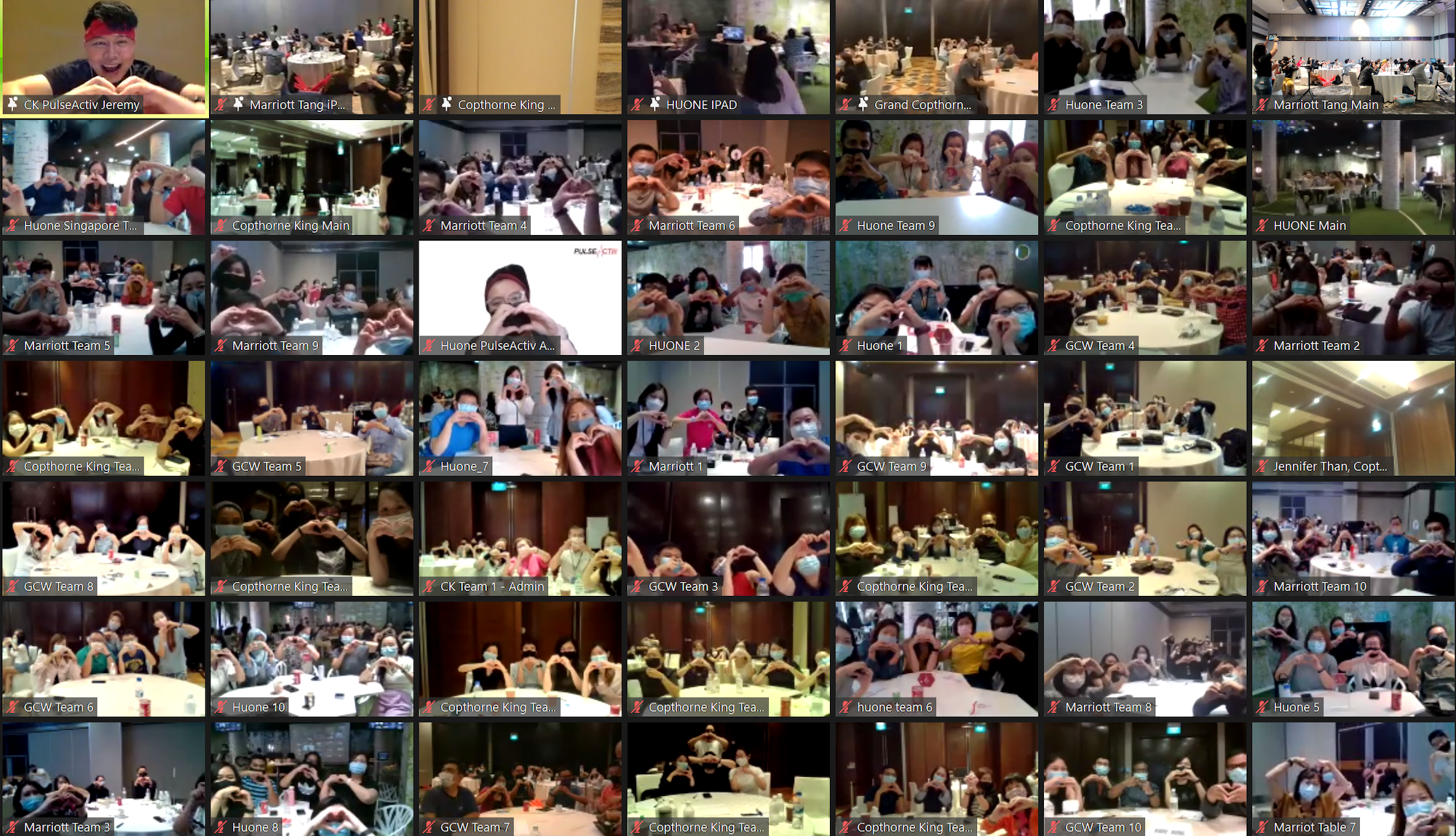Virtual Team Building During the Pandemic vs. Now
The COVID-19 pandemic drastically altered the way businesses operate, with remote work becoming the norm almost overnight. To keep teams connected and engaged, organizations turned to virtual team-building activities. As the world moves towards a post-pandemic era, the role and perception of virtual team-building continue to evolve. This article explores the differences between virtual team-building during the pandemic and its role in the present day, highlighting the benefits and challenges that have emerged.
Virtual Team Building During the Pandemic
The Necessity of Connection
During the pandemic, virtual team-building became a necessity rather than an option. With employees suddenly working from home, maintaining team cohesion and morale was critical. Organizations quickly adopted virtual platforms to bridge the physical distance and keep teams connected.
Adoption of New Technologies
The pandemic saw a surge in the use of video conferencing tools like Zoom, Microsoft Teams, and Slack. These platforms became the backbone of virtual team-building activities, enabling teams to meet, collaborate, and socialize online. Companies invested in these technologies to ensure seamless communication and collaboration.
Innovative Team-Building Activities
To combat the isolation of remote work, companies got creative with their virtual team-building strategies. Online escape rooms, virtual trivia nights, and digital happy hours became popular ways to engage employees. These activities were designed to be fun and interactive, providing a much-needed break from work and helping team members bond.
Focus on Mental Health
The pandemic brought mental health to the forefront. Virtual team-building activities often included wellness programs such as virtual yoga sessions, meditation workshops, and online fitness challenges. These initiatives aimed to reduce stress and promote well-being among employees facing the challenges of remote work and the uncertainties of the pandemic.
Virtual Team Building Now
Hybrid Work Models
As many organizations transition to hybrid work models, combining remote and in-office work, the approach to team building has evolved. Virtual team-building activities remain important but are now complemented by in-person events. This hybrid approach allows for flexibility and caters to diverse employee preferences.
Sustained Use of Virtual Tools
The technologies adopted during the pandemic continue to play a vital role in team building. Video conferencing, instant messaging, and collaboration tools are now standard practice. Companies have refined their use of these tools, integrating them seamlessly into daily operations and team-building activities.
Diverse and Inclusive Activities
Post-pandemic, there is a greater emphasis on diversity and inclusion in team-building activities. Companies are more mindful of creating inclusive virtual events that cater to employees from different cultural backgrounds and time zones. Activities such as virtual cooking classes, cultural exchange sessions, and global team challenges have gained popularity.
Employee Engagement and Retention
In the current job market, employee engagement and retention are critical. Virtual team-building activities are now seen as a strategic tool to keep employees engaged and connected, regardless of their location. Regular virtual check-ins, team-building games, and online professional development workshops help maintain a strong sense of community and belonging.
Focus on Flexibility and Personalization
Modern virtual team-building activities emphasize flexibility and personalization. Companies offer a variety of activities to suit different interests and schedules. Employees can choose from a range of options, such as virtual book clubs, online gaming tournaments, or remote volunteering opportunities. This approach ensures that team-building efforts are meaningful and enjoyable for everyone.
Sustainability and Cost-Effectiveness
Virtual team-building activities have proven to be sustainable and cost-effective. They eliminate the need for travel and physical resources, making them an environmentally friendly option. Companies can allocate their budgets more efficiently, investing in high-quality virtual experiences that provide lasting value.
Conclusion
The pandemic revolutionized virtual team-building, transforming it from a niche practice into a vital component of organizational culture. During the pandemic, virtual team-building activities were essential for maintaining connection, morale, and well-being among remote teams. Now, as we navigate the post-pandemic world, these activities have evolved to complement hybrid work models, emphasize diversity and inclusion, and focus on employee engagement and retention.
Virtual team-building continues to offer numerous benefits, including flexibility, personalization, and cost-effectiveness. By leveraging the lessons learned during the pandemic and embracing innovative approaches, organizations can create cohesive, motivated, and resilient teams that thrive in any work environment. As we move forward, the blend of virtual and in-person team-building activities will play a crucial role in shaping the future of work and fostering a strong sense of community within organizations.
To head back to read another article in our blog, click here.

